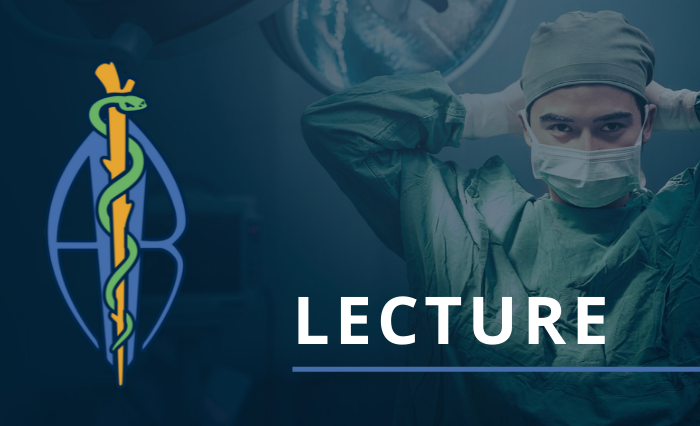Baseline Hemodynamics Including Aortic and Pulmonary Blood Flow in a Chronic Bovine Model

Date: Thursday, September 15, 2022
Time: 9:30 am PTDuration: 30 MinutesTrack: Thursday - Track 1
Room: Salon ABCD
Speaker: Angel Moctezuma-Ramirez
Moderator: Melanie Graham
Introduction: The use of large animal models in preclinical studies has provided invaluable data for evaluating the safety and efficacy of new therapies and devices and has facilitated the development and clinical application of cardiovascular innovations. With an increasingly valuable role, the implementation of large animal models has expanded, serving to bridge the translation of physiologic and economic aspects of animal research to the successful treatment of human heart failure. In this study, we report normal hemodynamic values, including aortic and pulmonary blood flow, in a bovine model at rest and during exercise after a control procedure.
Methods: An 8-month-old calf weighing 80.9 kg underwent a left lateral thoracotomy. Fluid-filled pressure lines (aortic pressure [AoP], right atrial pressure [RAP], left atrial pressure [LAP], and pulmonary artery pressure [PAP]) and left and right flow probe lines were implanted. Flow probes were then placed on the aorta and pulmonary artery. The calf was continuously monitored throughout the postoperative period. Physiologic pressures, animal vital signs, aortic and pulmonary flows, and pulmonary and systemic vascular resistance were recorded hourly. Treadmill exercise evaluations were conducted, pressures (AoP, RAP, LAP, and PAP) and flows (aortic and pulmonary) were monitored to determine the animal’s hemodynamic response to exercise.
Results: The animal thrived throughout the postoperative course, gaining a total of 68.5 lbs. The clinical pathology values were in an acceptable range and showed no sign of infection or end-organ dysfunction. The hemodynamic data, including the parameters obtained while the animal was at rest in our laboratory’s intensive care unit (e.g., heart rate, pressure, flows, and vascular resistances) are provided in Table 1. Table 2 shows the pressures and flow rates at baseline and during treadmill trials. The average treadmill trial duration was 22.5 min, with an average distance walked of 2213.16 ft (674.5 m).
Conclusion: When pressures and flow rates at baseline and during treadmill trials were compared, we observed a physiologic response to exercise similar to that seen in humans, with a sympathetic discharge that increased systolic blood pressure. However, the rise in mean arterial pressure was much lower due to an overall decrease in vascular resistance, which increased blood flow. This study provides investigators, device engineers, and manufacturers with normal bovine cardiovascular physiology data that can be used for technical consideration during device development for preclinical trials.
This is an archived event. Please log in with your member account to access these resources.
Speaker
Postdoctoral Research Associate
Center for Preclinical Surgical & Interventional Research
Texas Heart Institute
View More From This Track
- Liver Regeneration Model in Cynomolgus Monkeys
Speaker: Randy Pielemeier - Thursday, September 15, 2022 10:30 am - How to Prepare for A Model I Have Never Performed Before?
Speaker: Bertrand Lussier - Thursday, September 15, 2022 11:00 am - Curious George Goes To The Podium – Coaching and Encouragement for Future ASR Presenters
Speakers: Leslie Stoll, Steven Kreuser - Thursday, September 15, 2022 11:30 am - Technical Insights for Cochlear Administration in the NHP
Speaker: Frederick Emond - Thursday, September 15, 2022 1:00 pm - Coronary Sinus Dosing in Swine, Anatomical Considerations in Comparison to Human Anatomy
Speaker: Randy Pielemeier - Thursday, September 15, 2022 1:30 pm


